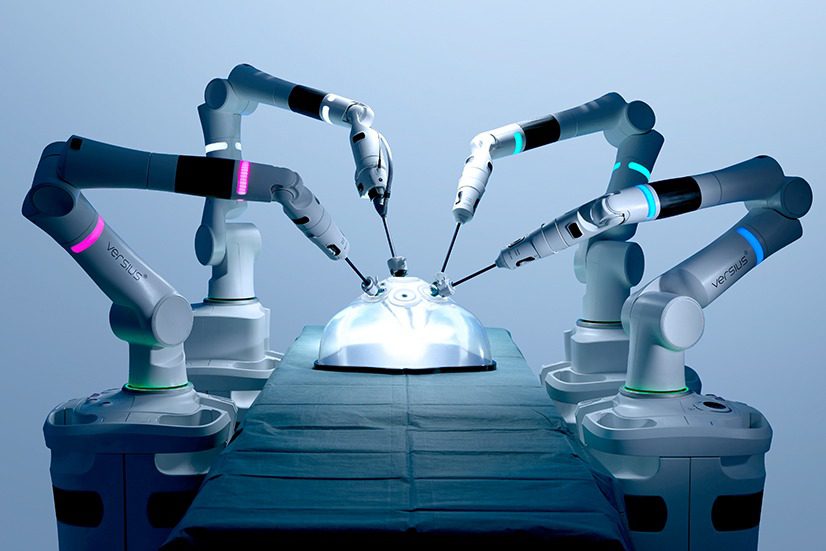Scientists Create a Rice-Grain-Sized Magnetic Micro-Robot That Mimics a Leech to Break Down Kidney Stones Without Surgery
Imagine a future where treating kidney stones doesn’t involve painful surgeries, invasive tools, or even the dreaded shock waves of lithotripsy. Instead, a robot smaller than a grain of rice could swim through your urinary tract, guided carefully by doctors using magnets, and gently break down the stones that cause so much agony. That future isn’t science fiction—it’s already being built in research labs in China.

Researchers from the Chinese University of Hong Kong and Xi’an Jiaotong University have developed a remarkable soft magnetic micro-robot designed to tackle kidney stones in an entirely new way. Inspired by the movements of a leech, the robot mimics the natural undulating motion of this creature, allowing it to squeeze and glide through narrow passages inside the body. Unlike rigid instruments or surgical tools, this robot is flexible, biocompatible, and designed to move delicately where space is tight.
The potential impact of this innovation is staggering. Kidney stones are a common and extremely painful condition, and while current treatments like surgery or lithotripsy are effective, they carry significant drawbacks. Lithotripsy uses powerful shock waves to break stones apart, but it can be painful and often requires follow-up treatments. Surgery, meanwhile, carries risks like infection, bleeding, and long recovery times, not to mention the financial costs that can weigh heavily on patients. This new robot, on the other hand, could offer a far gentler solution.

Its capabilities go beyond simple mobility. Using external magnetic fields, doctors can precisely control the robot’s path, guiding it straight to the kidney stones without damaging surrounding tissues. Once there, the robot has two main ways of getting the job done. First, it can use a gentle mechanical action—think of it as a soft scraping or nudging motion—to gradually break down the stones into smaller pieces that can be passed naturally. Second, it can deliver targeted doses of medication directly to the stone site, helping to chemically dissolve it while minimizing side effects.
What makes this approach even more exciting is the early success seen in laboratory and animal trials. The micro-robot has already shown that it can move safely within the body and significantly reduce stone size without causing harm. Researchers believe that when applied in humans, it could cut treatment costs by as much as half compared to traditional surgery, while also reducing hospital stays, post-surgery complications, and the overall trauma patients experience.

Of course, human trials are still on the horizon, and plenty of testing remains before this device becomes part of everyday medical practice. But the optimism among experts is real. If successful, this invention could transform urology, giving patients a treatment that is less painful, less risky, and far more affordable. For millions of people worldwide who suffer from kidney stones every year, that could mean a future where what was once a dreaded health issue becomes something manageable and even routine.
It’s hard not to marvel at how nature continues to inspire technology. The simple leech, a creature humans have often recoiled from, has now inspired a device that could revolutionize medicine. In its tiny movements lies a lesson about how the smallest things can lead to the biggest changes in our lives.


